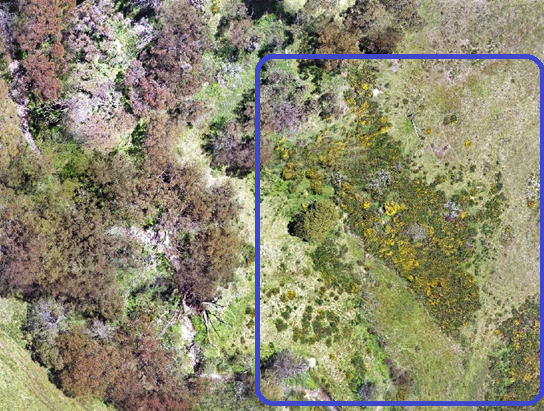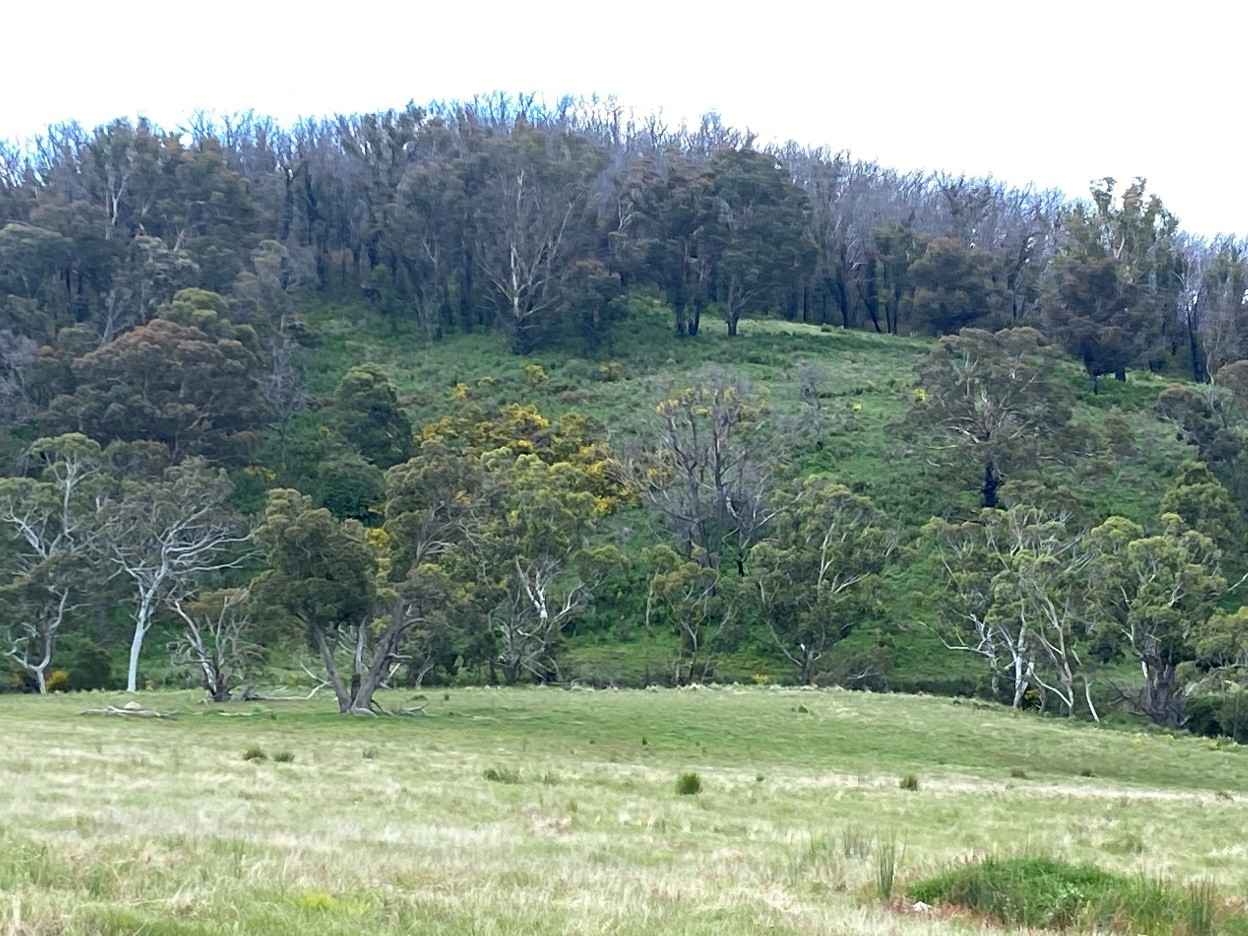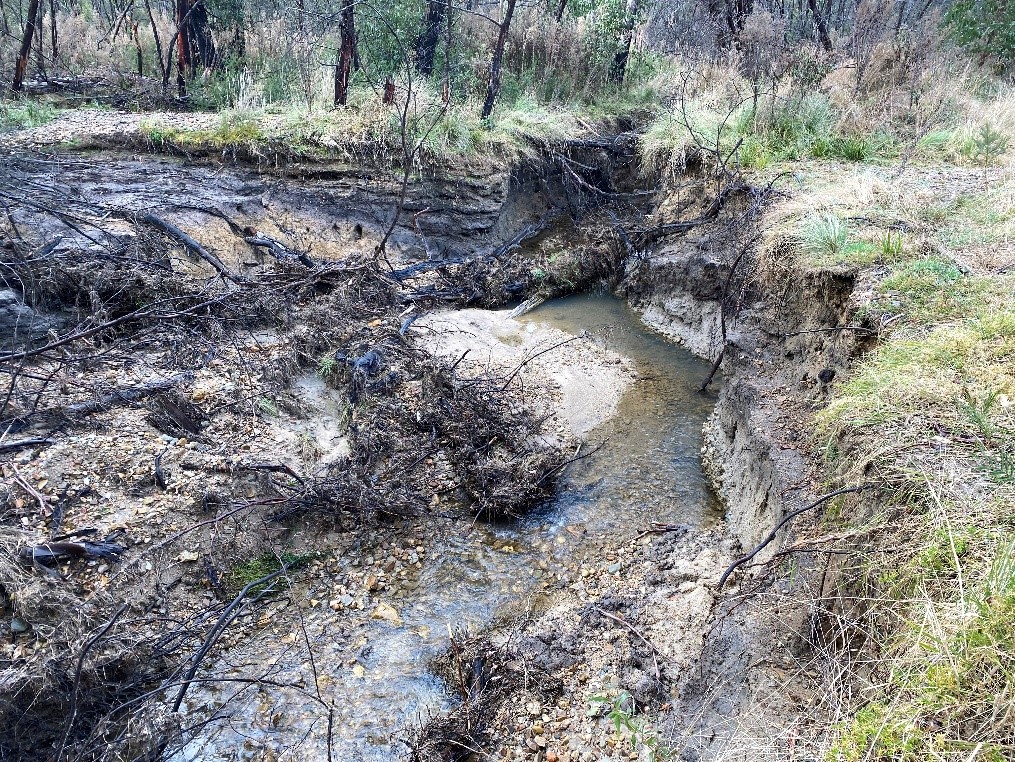Wildlife after wildfires
30 Nov 2021
Heather Cameron and Andy Taylor, Natural Resource Management Team - Braidwood
Local Land Services with funding from the Australian Government have commenced a bushfire recovery project ‘Wildlife after Wildfire’. This project is aimed at supporting the recovery of threatened species, impacted by the North Black Range fire west of Braidwood, through specified land management activities on private land and address processes that continue to threaten the habitat of known threatened species. Species we are supporting include the Greater Glider, Gang-gang and Glossy Black Cockatoos, Spotted Tailed Quoll, Platypus, Grey Headed Flying Fox and the Superb Lyrebird but many others will benefit from the project. Projects include erosion control, riparian protection and enhancement to promote competition against weeds and direct weed control.
Weed control
Presently we have twelve landholders involved in weed control, primarily Scotch Broom which has proliferated on fire-grounds following several favourable seasons post fire. We will also be controlling weeds such as Blackberry, St Johns Wort, Briar and thistles. Weeds like Broom are taking over native groundcovers and invading forests in the absence of a tree canopy. In so doing they degrade the habitat of threatened wildlife. Weed control work commenced in November, and we endeavour to complete control works impacting close to 100ha by late December before the Broom seeds become viable. The extent that Broom has spread across the landscape is demonstrated in the image 1 below. Just before seeds become viable Broom flowers a vivid yellow as you can partially see in the aerial image. Most of the flowers have since dropped due to the recent rain events. Almost all the plants in this image have germinated since the fires.

Image 1: Drone footage of major Scotch broom invasion following fires and spring rains.

Image 2: Scotch broom invasion within remnant vegetation.
Erosion Control
We have also assessed eight landholders for erosion control works in creeks and tributaries on the fringe of threatened species habitat impacted by the North Black Range fire. Erosion has impacted upstream and downstream aquatic and terrestrial habitats through extensive undercutting of the stream bed, collapsed creek banks and sedimentation of deep ponds. Native vegetation, including large trees have fallen into creeks and washed away or diverted flows to cause more extensive bed and bank erosion. We are in the stages of finalising the erosion control designs and costings and are awaiting more favourable weather conditions to commence on-ground work.

Image 3: Intense flooding within the fireground has caused major erosion events impacting species habitat like the Superb lyrebird and platypus.